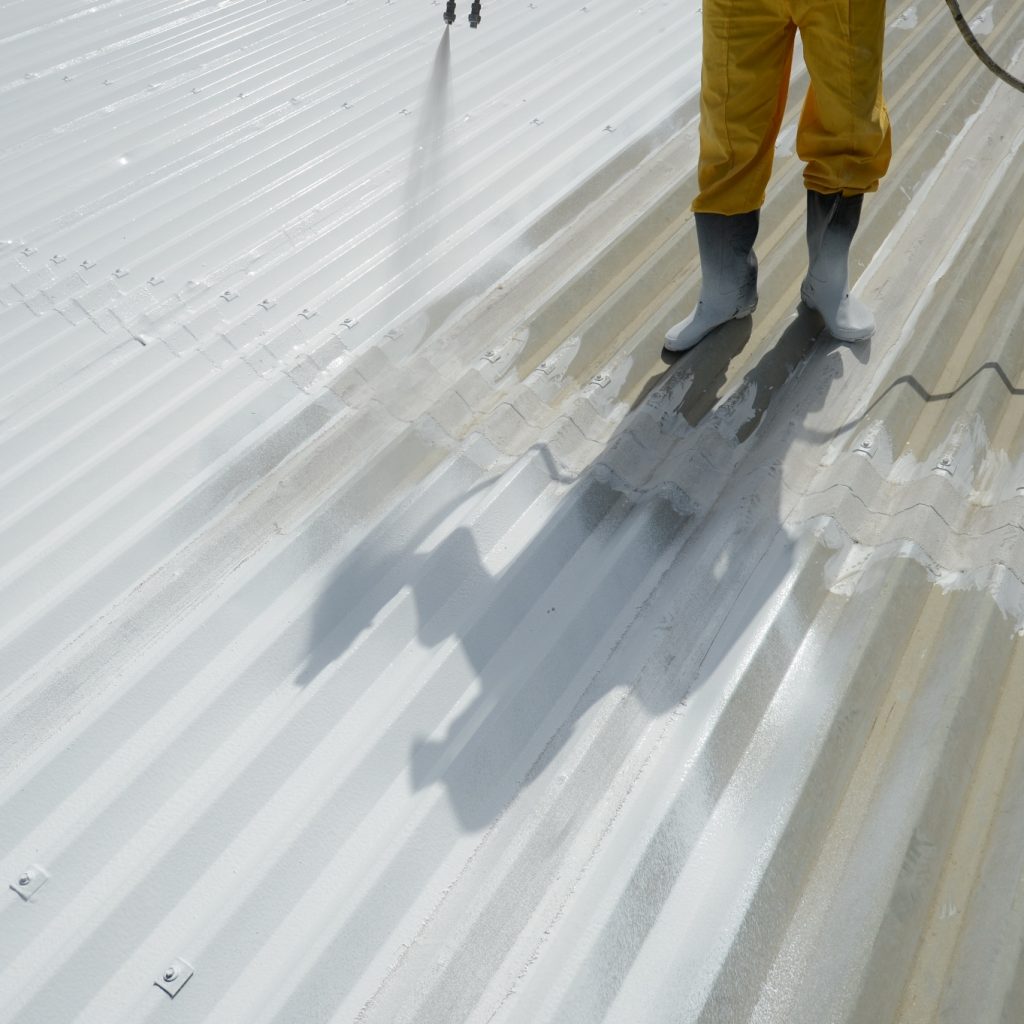Beat the sun: Cool reflective roof coatings by Dow
The Middle East has always been in the forefront for energy efficiency and significant number of renewable energy projects is set to boost it further. Reflective coating is one such product which is used to reduce heat and energy costs and also reduces energy wastes. Keeping in line with the same strategy, Dow Construction Chemicals has launched technologies that meet the growing demand for energy efficient cool reflective roof coatings or cool roofs in the Middle East region.
The material is manufactured at Dows state-of-the-art production facility in Jebel Ali in Dubai and is a critical component in cool reflective roof coating (CRRC) formulations. When applied to exterior roof surfaces, cool roofs coatings help reduce the amount of air conditioning required in hot climates by reflecting solar heat rather than absorbing.
Ammar Ali, regional commercial manager at Dow Construction Chemicals, remarks: CRRC allows for high reflectivity of the solar radiation combined with high emissivity of infrared radiation. Therefore, they can efficiently contribute to higher thermal comfort or less energy consumption as less heat is transferred into the building via the roof, with less cooling efforts needed. Less energy consumption will also result in less emission of carbon dioxide that is generated. It is also proven that our CRRC helps to prolong the lifetime of a roof, which means an intelligent use of resources.
The product protects the roof from a number of environmental effects and reduces the peak temperatures, therefore, reducing mechanical stress. Both are leading to an expanded lifetime of the roof and a decrease in use of resources. On top of that, CRRC helps cities to reduce the effects and negative consequences of the Urban Heat Island Effect, that causes temperatures to be higher in big cities rather than in the surroundings, points out Ali.
The increase of temperature contributes to elevated levels of air pollution and greenhouse gas emissions. Heat islands have a negative effect on the sustainability of urban areas. Further increase of urban temperature must be expected due to the continuous urbanisation as well as due to the global warming effect. Therefore, the development and adoption of measures which lower this effect is an absolute necessity.
The CRRC technology has been used in various projects across the region, including warehouses and exhibition centres in the UAE, hospitals in Kuwait, and residential compounds at the King Abdulla University of Science and Technology in Saudi Arabia. Ali says: We see increasing demand from existing customers and high interest from manufacturers across the region. There is a lot of interest from local customers for a technology that can help them develop finished products that allows energy savings and improved thermal comfort.
Acrylic elastomeric coatings create energy-saving roofs that reflect the suns heat and help prevent it from being absorbed into the roof of the building, thus reducing CO2 emissions. Because of their white colour and reflective capabilities, cool roofs reduce the heat build-up common with bituminous roofing systems, providing higher comfort and quality of life for a buildings occupants while significantly lowering energy consumption and cooling loads by air-conditioning.
Elastomeric CRRC can also be applied on top of weathered roofs, prolonging significantly their service life and minimising waste and landfill deposition created by substituting old material. Ali points out: Our Primal EC-4642 ME is specifically tailored for climate conditions encountered in regions like the Middle East and offers exterior durability and UV resistance; long-lasting, low temperature flexibility, and crack resistance; lengthen the lifetime of the roof; high-resistance to dirt pick-up for long-term solar reflectivity; good protection against environmental degradation; and excellent resistance to transmission of ponded water.
Durable CRRCs are capable of also protecting the roof from environmental degradation and help reduce the effect of peak temperatures and resulting mechanical stress, leading to an expanded lifetime for the roof. The formulation is designed to cope with surface temperatures in excess of 80?C. In addition, the binder offers long-term dirt pick-up resistance – essential for maintaining the solar reflectivity which is key to achieving energy savings – and high UV resistance, critical for an application constantly exposed to the harsh Middle East sunlight.
Ali concludes: Growing infrastructure needs have definitely contributed to the demand of the product but since the technology is also designed for retrofit and renovation of old roof membranes, it allows for the extension of the useful life of a typical rooftop. Therefore, its success is not only linked to new buildings, since we can rely on the broad base of existing buildings as well.





